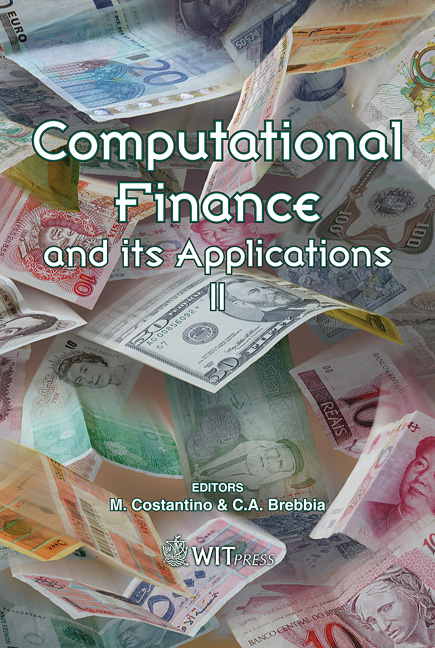Community E-kiosk Portal Technology On Wall Street
Price
Free (open access)
Transaction
Volume
43
Pages
10
Published
2006
Size
659 kb
Paper DOI
10.2495/CF060011
Copyright
WIT Press
Author(s)
J. Lawler & D. Anderson
Abstract
The community of downtown Wall Street in New York City continues to cope with economic disruption, due to the World Trade Center disaster of September 11. This case study explores design factors of engagement in the implementation of a Web-based e-kiosk portal, which is furnishing residents of the community with critical cultural, financial and social information on the re-building of the downtown economy. The e-kiosk portal was an emergency project implemented by computer science and information systems students at a major metropolitan university. The preliminary findings and implications of the study indicate the importance of social and technical cachet in the design of a Web portal community. The study introduces a framework for research into civic Web communities that empower its member residents. Keywords: community, e-government, government-to-citizen (G2C), Internet, kiosk, portal, touch-screen technology, World Wide Web. 1 Background Community is considered to be a critical characteristic of the Internet Armstrong and Hagel III [1]. Community is concretized as a \“feeling of membership in a group along with a strong sense of involvement and shared common interests … [that] creates strong, lasting relationships.” Rayport and Jaworski [2]. Definitions of community consist of \“a social grouping which exhibits … shared spatial relations, social conventions … and an on-going rhythm of social interaction Mynatt et al. [3]. Features of community are empowered by connection and communication functionality of the World Wide Web. This functionality helps consumers and citizens in continuing to engage in dialogue
Keywords
community, e-government, government-to-citizen (G2C), Internet, kiosk, portal, touch-screen technology, World Wide Web.





